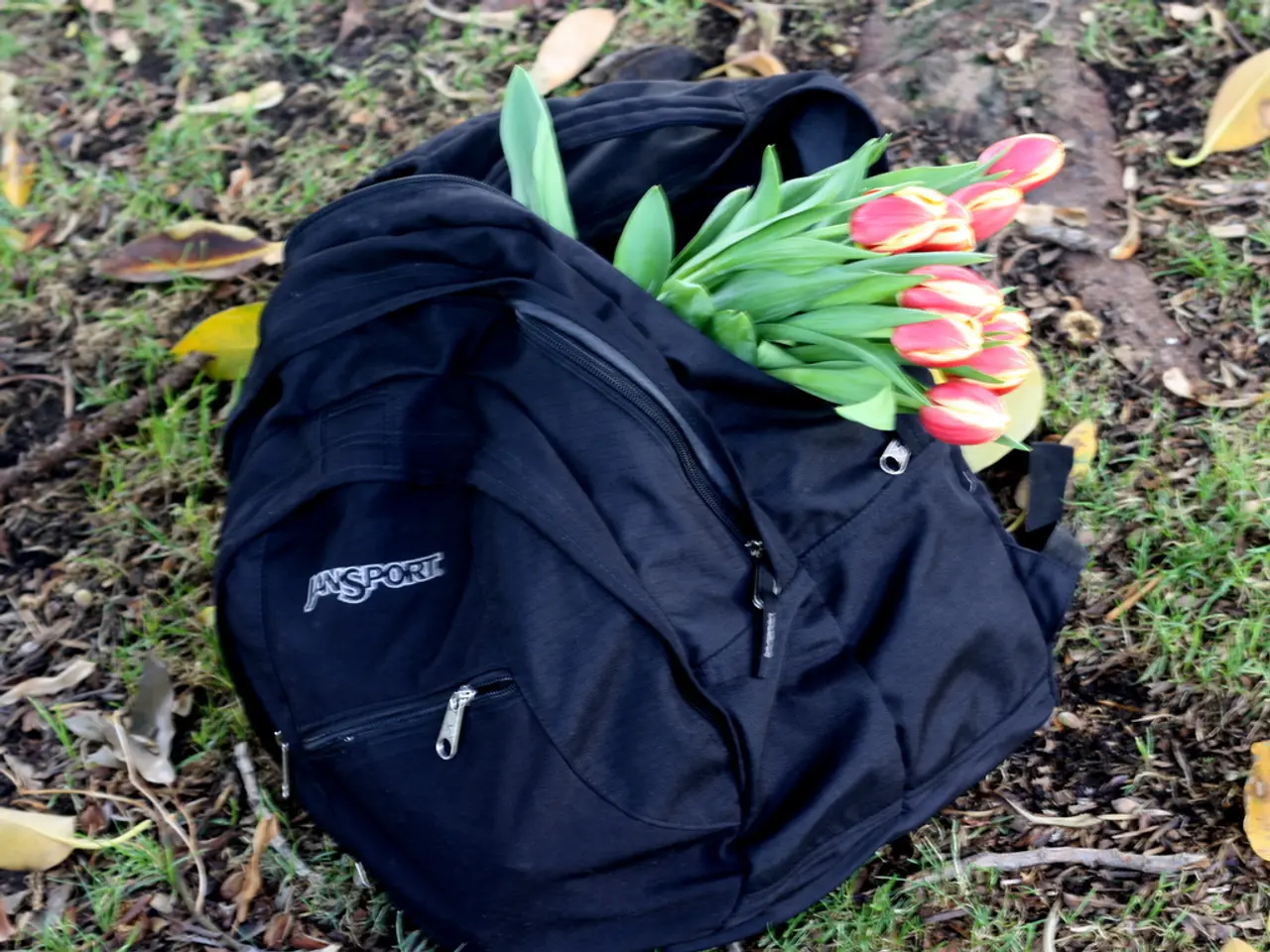Selecting the Ideal Soil Mixture for Rattlesnake Plants
In the vibrant world of houseplants, the rattlesnake plant, also known as Calathea lancifolia, is a stunning addition. With its long, wavy, lance-shaped leaves adorned with dark green spots and purple undersides, this tropical beauty hails from the rainforests of Brazil. To help your rattlesnake plant thrive in your home, here's a guide to the ideal conditions for soil, water, and drainage.
Soil Mix
The key to a healthy rattlesnake plant lies in a well-draining but moisture-retentive soil mix. A recommended combination is two parts peat moss combined with one part perlite or sand. This provides lightness, aeration, and good drainage without becoming waterlogged. Alternatively, a mix of one part peat moss to three parts compost or nutrient-rich potting mix can also work, ensuring the soil is loose and light to prevent root rot.
pH
Rattlesnake plants prefer slightly acidic to neutral soil pH, with a range of 6.1 to 7.3. Avoid alkaline soils as they are not suitable for this plant's health.
Moisture
The soil for rattlesnake plants should be moist but never soggy. Watering when the top inch of soil feels dry is a good practice. Maintaining even moisture without overwatering is key for vibrant foliage.
Drainage
Excellent drainage is critical to prevent waterlogging and root rot. Avoid heavy or dense soils that retain too much water. Including perlite or sand enhances drainage. Using a pot with drainage holes and possibly a base layer of clay or gravel can help prevent stagnant water at the roots.
For those who prefer a double potting method, place the plant in a plastic pot with drainage and then place that inside a decorative pot without drainage. This technique can further improve drainage.
Additional Tips
Rattlesnake plants thrive in bright indirect light, moderate to high humidity, and temperatures between 18°C and 27°C. It's essential to keep them away from drafts and direct heat sources, as they are sensitive to temperature fluctuations.
To maintain the ideal soil pH, you can add organic matter such as compost or leaf mould to improve soil fertility. A combination of peat moss, perlite, and potting soil works well for rattlesnake plants, with the addition of organic matter to improve fertility.
Remember, rattlesnake plants do not tolerate waterlogged conditions and require a pot with drainage holes. Also, they are sensitive to contaminants like fluoride and should be watered with rainwater, distilled water, or filtered water. It is important to avoid soil that contains perlite, as this can expose the plant to fluoride, which can cause tip burn.
By providing the right soil mix, pH, moisture, and drainage, you'll be well on your way to nurturing a healthy and vibrant rattlesnake plant. Happy gardening!
| Aspect | Ideal Conditions | |--------------|-----------------------------------------------| | Soil Mix | 2 parts peat moss + 1 part perlite or sandy soil; or 1 part peat moss + 3 parts compost | | pH | Slightly acidic to neutral | | Moisture | Consistently moist; water when top inch is dry| | Drainage | Well-draining; avoid heavy/dense soil; include perlite/sand |
- Caring for a rattlesnake plant is an excellent addition to a home-and-garden lifestyle, as it thrives in the right conditions, such as a well-draining but moisture-retentive soil mix.
- Gardening enthusiasts might find the requirements for a rattlesnake plant's lifestyle quite intriguing, as it needs a soil mix that is a combination of peat moss and perlite or sand, providing both moisture retention and excellent drainage.




